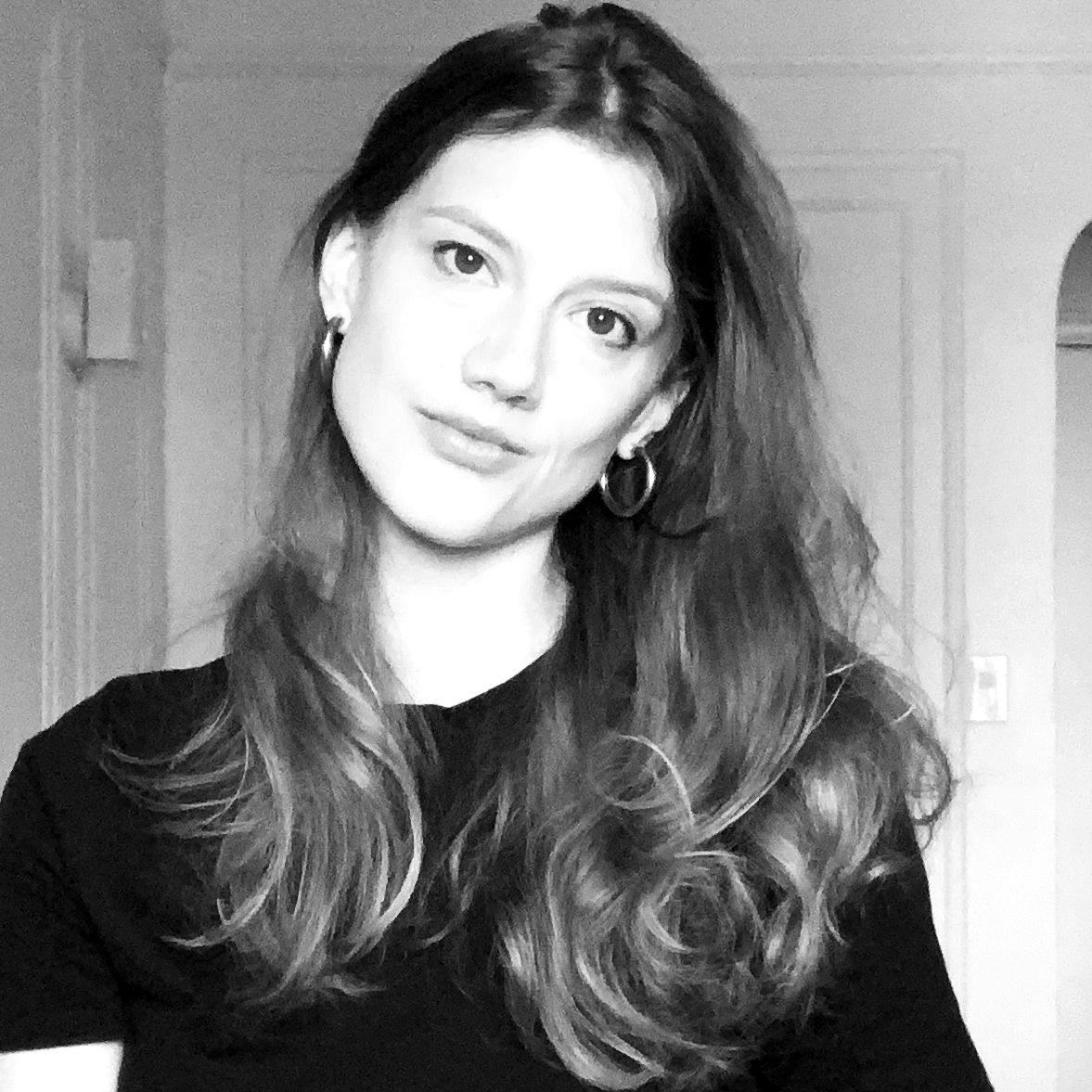In the year 2000, Louis Vuitton issued Supreme a cease and desist: the streetwear brand had released a line of products mashing Louis Vuitton’s logo with its own. Supreme had by then already collaborated with Vans and riffed on imagery from artists like Jackson Pollock and Keith Haring, but was still a rather underground label. Louis Vuitton, the century-old French luggage brand, was finding newfound relevance thanks to the appointment of Marc Jacobs as creative director in 1997. Who then was this fledgling company to adulterate and profit off of one of LV’s most precious entities, its monogram print?
Supreme pulled the merch and the brands soldiered on without much incident. Such was the status quo for much of the following decade. The job of brands like Supreme was to riff on traditional iconography without official permission. The job of brands like Louis Vuitton was to guard that iconography with their proverbial life.
And then, in January 2017, Louis Vuitton’s then menswear director Kim Jones did what would have been unthinkable a decade before: he unveiled an official collaboration with Supreme at Paris Men’s Fashion Week. For some, this marked the beginning of the end: the end of streetwear as a niche community, the end of luxury fashion as an exclusive echelon.
But it also undoubtedly signaled a new era in fashion: not only one in which collaborations are de rigueur for a brand’s relevance, but also where luxury fashion has recognized it depends upon the approval of the populace to survive. And where streetwear has recognized its ability to cash in on its hardwon authenticity to greater profits than ever before.
Nearly five years later, the collaboration seems like a bygone conclusion. Here, we track the key moments leading up to the launch of Louis Vuitton x Supreme and its aftermath.
1854
#
LOUIS VUITTON ESTABLISHED#
In 1837, a teenaged Louis Vuitton began his apprenticeship as a trunk maker. By 1854, he had established himself as one of Paris’ most sought after luggage craftsmen, and launched his namesake brand with a set of waterproof, flat-top luggage that was easier to stack than the prevailing rounded style of the time. Vuitton’s son Georges assumed the business on his death in 1892, and in 1896, Georges created one of the brand’s most enduring symbols: the LV monogram.
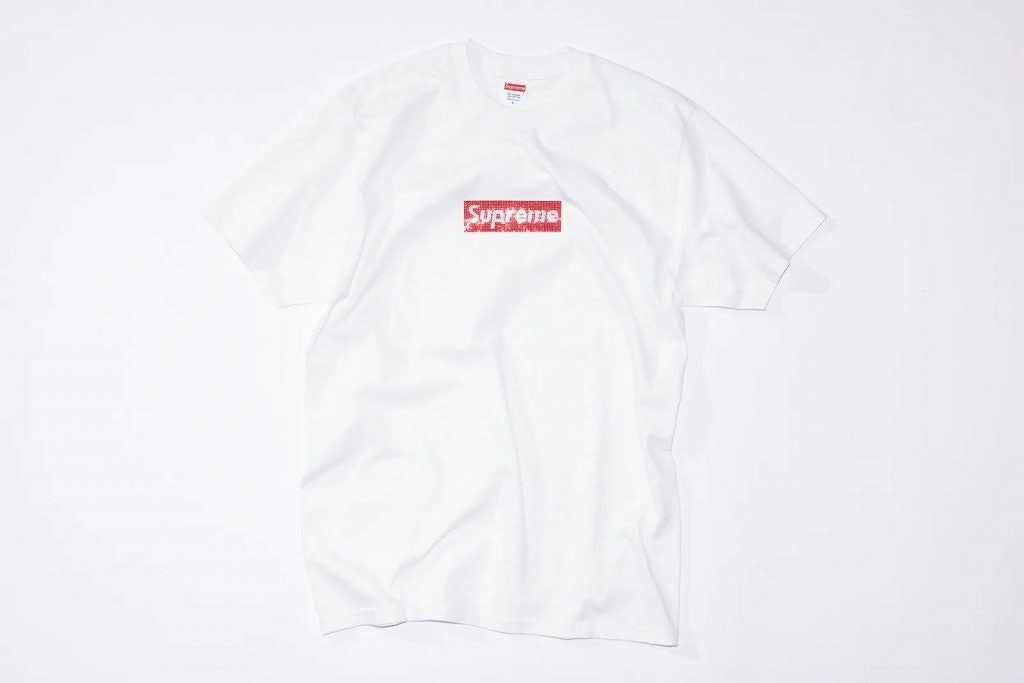
1994
#
SUPREME ESTABLISHED#
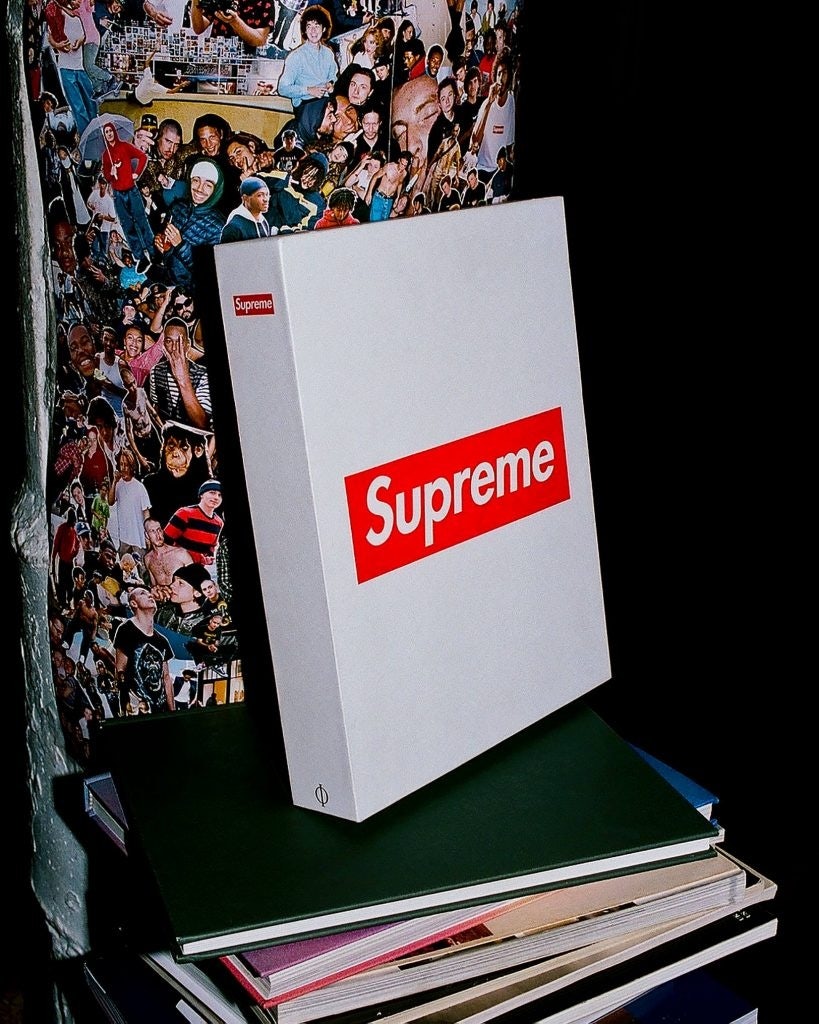

In 1994, after stints with Union and Stüssy, James Jebbia opened Supreme’s first store on Manhattan's Lafayette Street. The clothing on offer, a mix of in-house T-shirts and skatewear from the likes of Vans and Thrasher, was almost beside the point. Supreme was about crafting a meeting space. Jebbia employed extras from Harmony Korine’s Kids to staff the store and set the mood, which eventually drew in a downtown arts scene crowd like Chloë Sevigny and Ryan McGinley.
Supreme established a loyal audience not through innovative cuts or styles, but by establishing a sense of community. Rather than release seasonal collections, Supreme teased out new product week by week in a series of Thursday morning drops. The lines outside the door became an event unto themselves as like minded fans gathered to buy new Supreme goods, whose limited quantities made them into almost instant collectors’ items.
Of course, the clothes still did matter. According to Jebbia, the idea was to make tees and hoodies of just slightly better quality than what else was on the market, and skaters would willingly pay the higher price tag. And then there was the logo, specifically the box logo: Jebbia and his team lifted the slanted white Futura font over a red box from the work of artist Barbara Kruger, setting the stage for Supreme’s appropriation of existing imagery. The striking logo allowed Supreme to reappropriate any everyday item as their own as well, as it would do by including Supreme-branded items ranging from tall boy bags and nunchucks, to coffeemakers and incense, for the years to come.
1997
#
MARC JACOBS SETS NEW VISION AT LOUIS VUITTON#
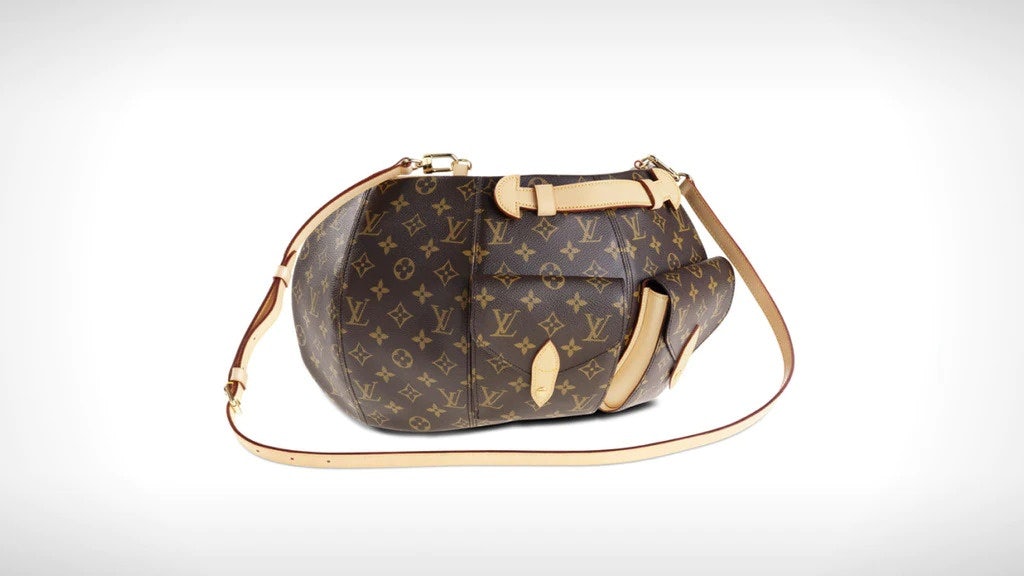
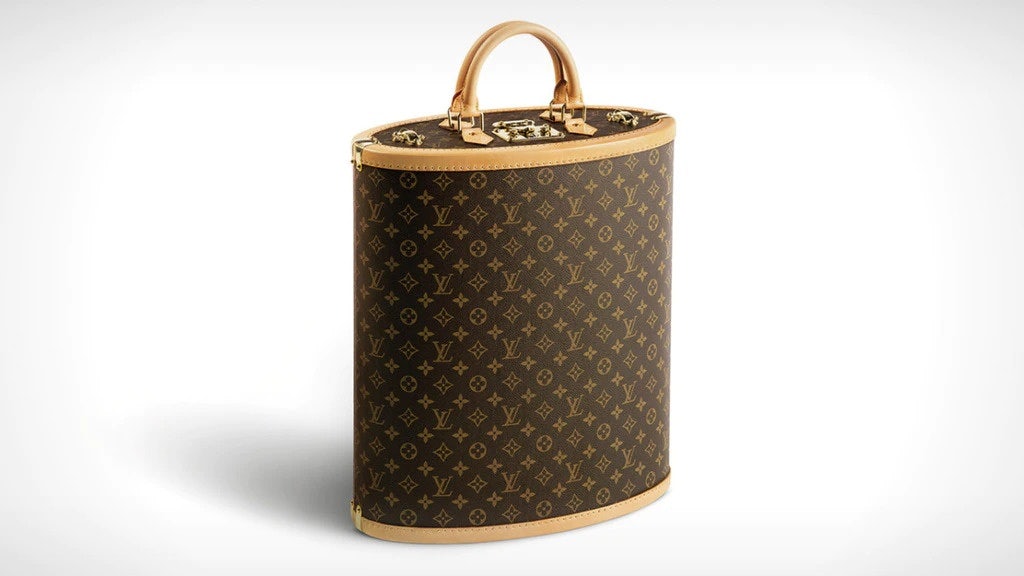
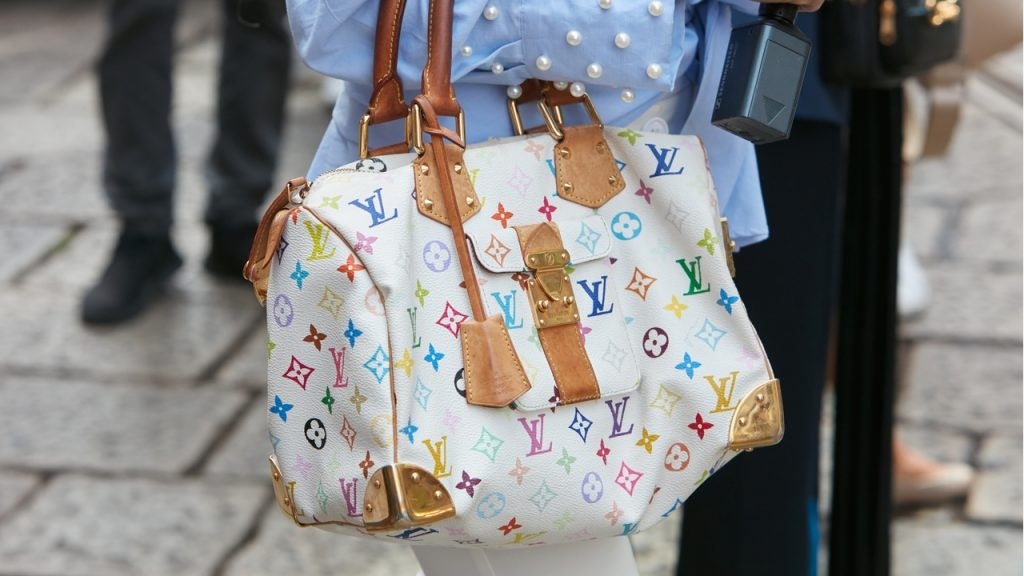
In the next century, the brand built its empire as a symbol of luxury goods, expanding into handbags in the ’50s and ’60s. In 1987, Louis Vuitton merged with Moët Hennessy to create the conglomerate LVMH. Only in 1997, a year after celebrating the monogram’s centennial with a series of bag collaborations with the likes of Manolo Blahnik and Vivienne Westwood, did LV launch its first ready-to-wear line, created by newly appointed creative director Marc Jacobs.
Jacobs pushed the boundaries of the LV monogram, not merely by using it on apparel and accessories, but by inviting artists like Stephen Sprouse and Takashi Murakami to create pop art interpretations of the logo. Their colorful bags quickly became status symbols of the early 2000s, bringing the LV brand to a whole new audience in the 21st century.
1994-2011
#
SUPREME SETS GROUND FOR COLLABS#
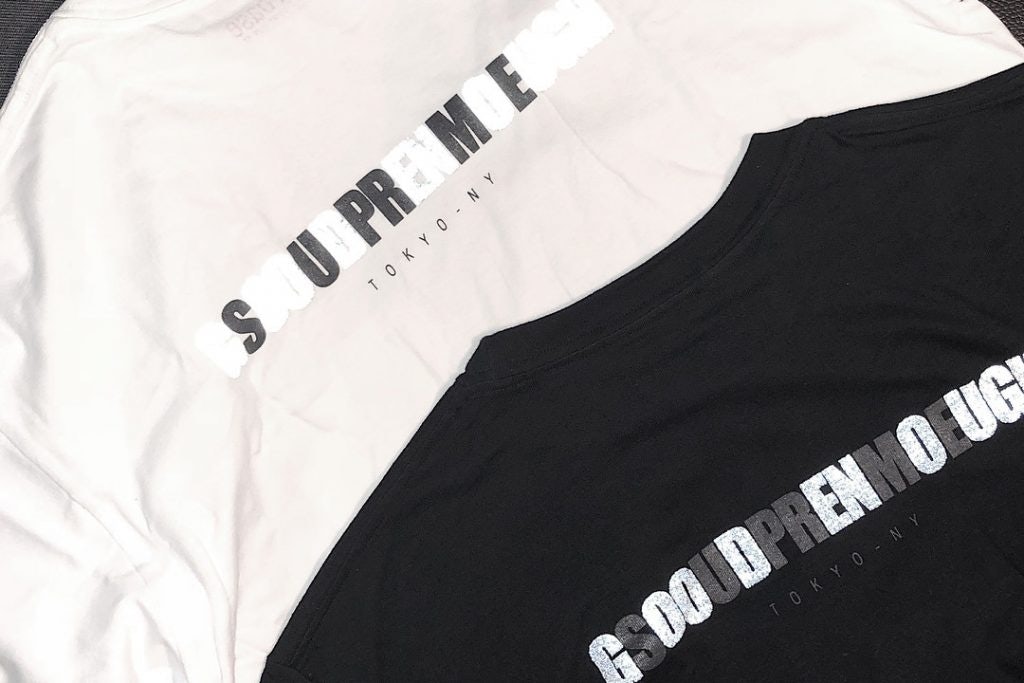
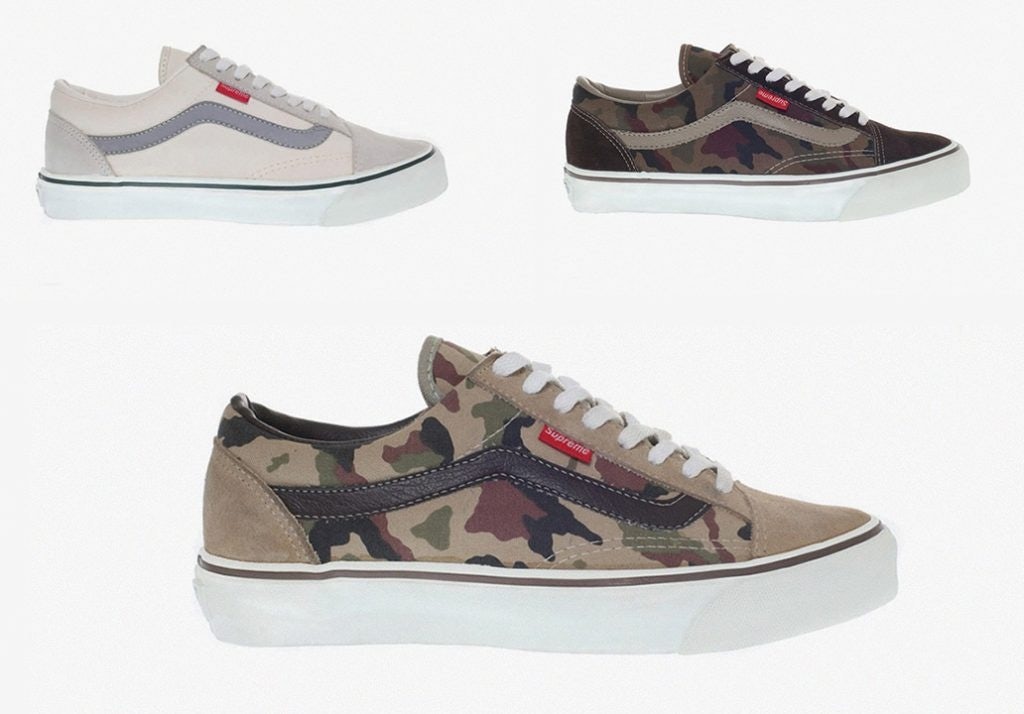
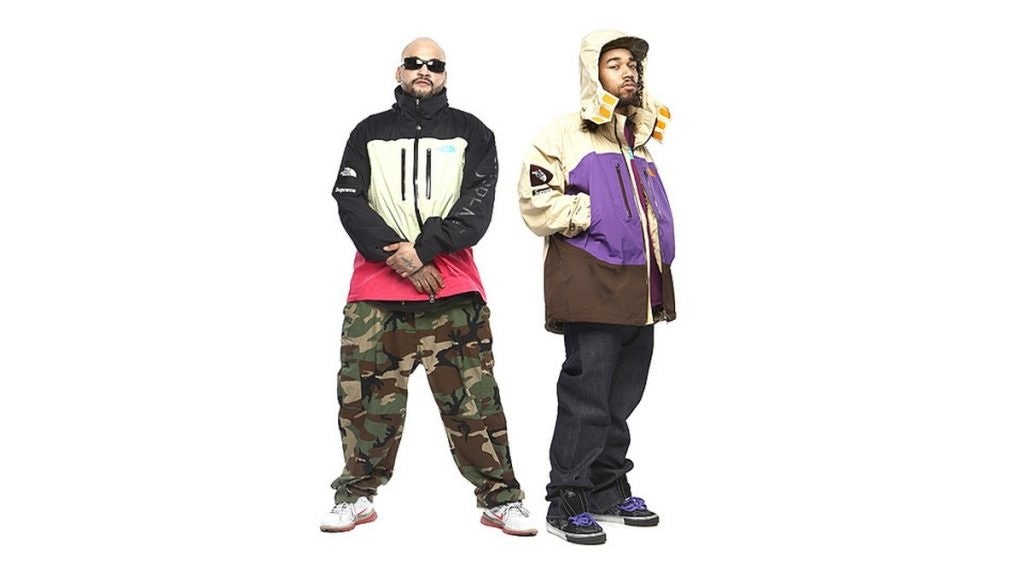
In 1996, Supreme released one of its first collaborations: a trio of Vans Old Skools emblazoned with the Supreme box logo on the tag. The collection, led by then design director Brendon Babenzien, not only kicked off a longstanding partnership with the skatewear brand, but also established the playbook for much of Supreme’s approach to collaborations to come: take an existing style or established brand and give it the Supreme stamp of approval to create just enough of a twist that it becomes a collectors’ item.
Vans’ roots in the skating community made it an obvious partner, and showed Supreme’s ability to work with far larger, more established labels, but skatewear is by no means the common denominator in Supreme collabs. Early collabs worked with more niche Japanese names like Hiroshi Fujiwara’s GOODENOUGH and WTAPS, as well as long-running brands focused on craftsmanship, like English knitwear emporium John Smedley. Supreme began many other longstanding partnerships in the early 2000s, like its popular The North Face puffers and series of now sought after Nike Dunks. But brands did not need to be especially fashionable or even rare to make sense for Supreme: in 2009, Supreme collaborated with Hanes on a set of white T-shirts as basic as they come, while in 2011, it partnered with Playboy for the first time. Though well past its prime by then, the Playboy bunny logo has just the right amount of Americana kitsch to make it ripe for reinvention by Supreme.
Supreme and other streetwear brands made collaboration a core part of their branding early on, but the concept was already gaining steam in the mainstream and luxury spheres by the mid aughts. As Supreme worked its way up to partnering with LV, companies like H&M were refining the high-low model of working with big name labels in a constant game of one-up-manship.
“Collaborations, first of all, became an enormous source of extra revenue, marketing, buzz, for everybody involved with the product, for whatever sector. You have luxury and outerwear, luxury and high low, luxury and high street, then you have luxury and underwear,”says New York Times chief fashion critic Vanessa Friedman.
“Everybody and their mother seems to be doing a collaboration now. And while it wasn't quite as extreme in 2017, it was still a significantly more accepted part of the industry than it was in 2000. And what that meant is that to make a collaboration exciting and meaningful, you had to get ever more extreme.”
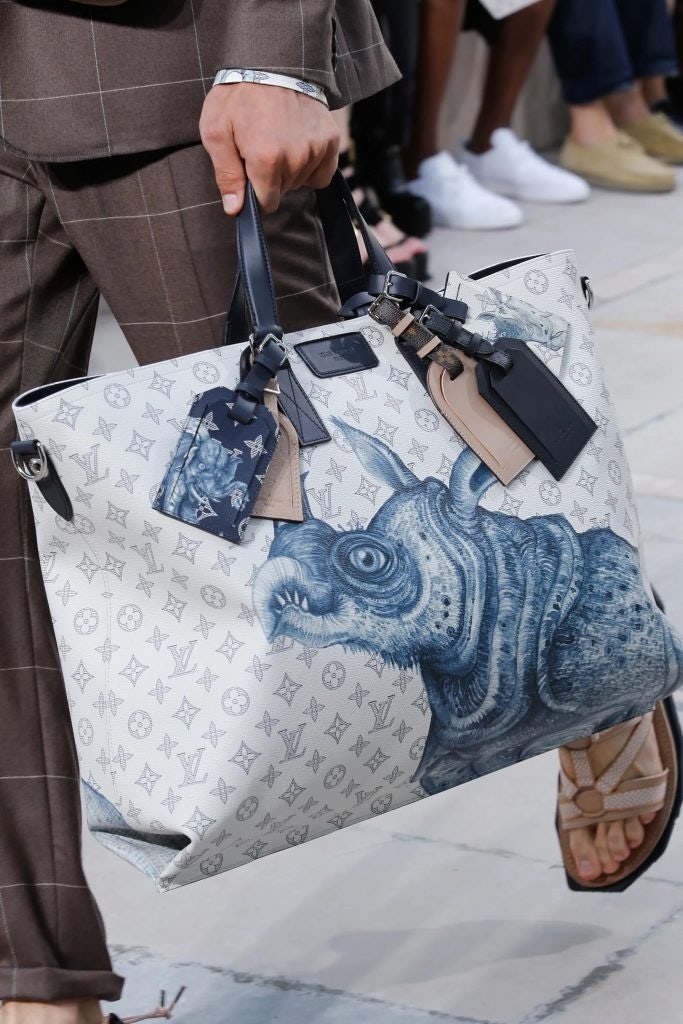
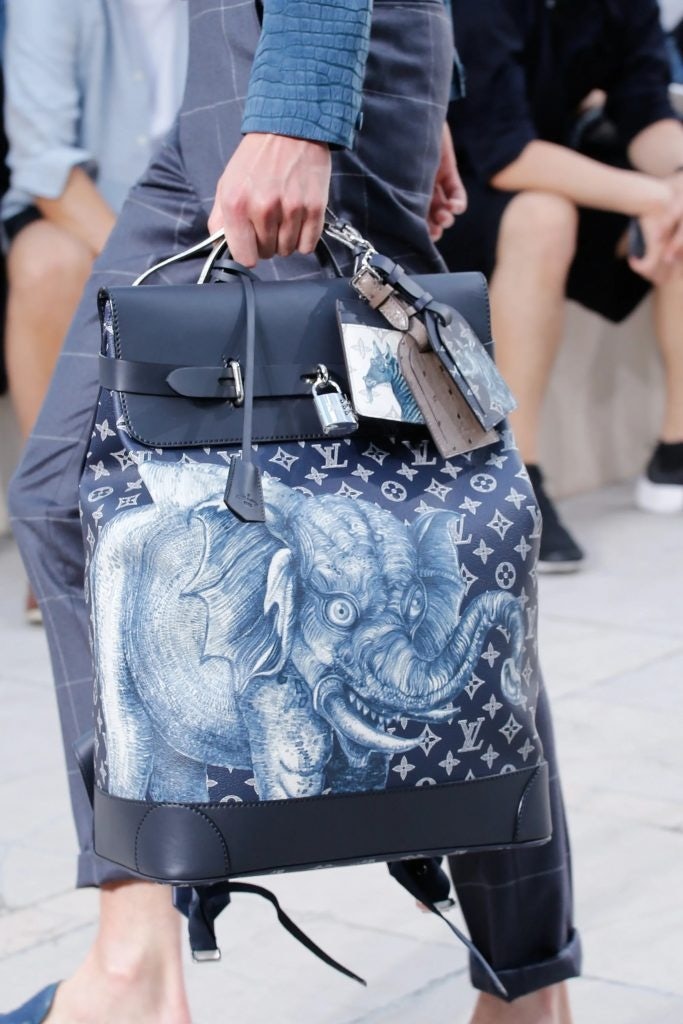
Kim Jones never really wanted his own namesake brand. The Central Saint Martins graduate happily abandoned his own line when he was asked to take over Dunhill in 2008. But only three years later, LVMH came calling to ask him to take on the Louis Vuitton menswear division from Paul Helbers in 2011.
Even with his pop culture obsessions and streetwear roots, Jones didn’t push the door open for collaborations right away, nor did he offer a twist on the LV monogram until later. Instead his first outing embraced both his and the brand’s nomadic spirits with elegant traveling clothes, and made use of Gaston-Louis Vuitton’s (grandson of the original Louis) lesser-known “V” emblem. In later collections, Jones would bring in collaborators of a more esoteric variety like British artists Jake and Dinos Chapman, Japanese denim brand Kapital and Fragment’s Hiroshi Fujiwara. But the presence of the likes of Kanye West (with whom Jones worked on the short-lived Pastelle line) in the front row of his first show signaled there were more explosive partnerships to come.
2017
#
LOUIS VUITTON SUPREME COLLECTION LAUNCHES#
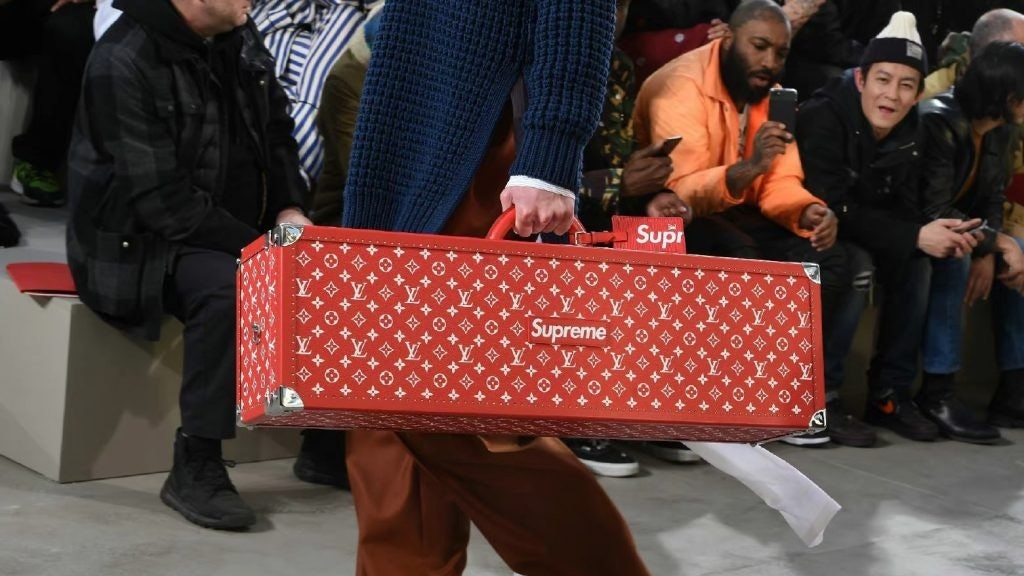
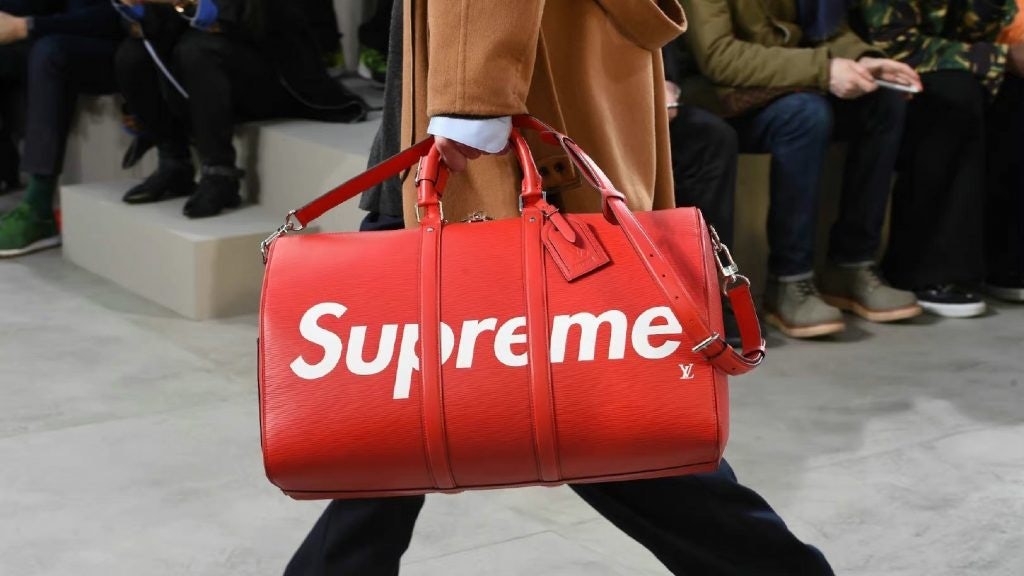
In early January 2017, in the weeks leading up to Paris men’s fashion week, rumors appeared online of an official Supreme collaboration with Louis Vuitton. One leak came from Kim Jones, who posted an image to his Instagram of a Supreme sticker on the LV monogram (before deleting it).
Whether the leaks were purposeful or accidental, the buzz was set. The Supreme collaboration, from the striking red bags to the co-branded denim, proved to be the headline for the show – there were other clothes shown, but that they were barely remarked upon was a testament to their banality or the explosiveness of the collaboration.
“It was like a bomb had hit,”Highsnobiety founder and CEO David Fischer says of the launch.
“Seeing the models in Paris walk down the runway in co-branded Supreme clothing and accessories was gigantic and really caught the entire fashion world by surprise at the time. The fact that the collaboration existed and then the scale of it, was very impressive and head-turning. For us it was of course great to witness, because it was the most official demonstration of the coalition of luxury and streetwear, which had always been that way for us, just not for the rest of the market.”
Not all reviews were positive. Guy Trebay of the New York Times called the collaboration “the fashion version of a murder-suicide,” the clothes “ho-hum,” and the very idea of collaborations already played out thanks to previous partnerships from the likes of Vetements and Levi’s. Others were more accepting; in Business of Fashion, Tim Blanks wrote “integrating one of the world’s greatest street brands and one of its biggest luxury houses was the sort of challenge Jones was put on the planet to meet,” while The Cut succinctly called it a “brilliant troll.”
Big names in the streetwear community offered more overt praise. Jeff Staple labeled it a revolutionary collection. “I think this will be one of the most interesting and most talked about collaborations that ever happened; it will become a reference point in fashion history of how two masters of branding have come together to create a collection to satisfy such a diverse group of customers,” said Stavros Karelis of MACHINE-A at the time of the launch.
But streetwear fans could see the writing on the wall. “Retail price will be insane supply will be extremely limited and only the 1% will be able to afford resale,” said one reddit user following the leak of images from the collection. “In my opinion, it was also the final nail in the coffin to convert streetwear from, well, streetwear, to a full-fledged commercial thirst and hype machine,” wrote another reddit user following the release. They could see full well that their years of loyalty were now being converted into big bucks from which those at the top would reap the profits -- the executives making business deals behind the scenes, or those with the capital to buy and sell these items on resale.
That doesn’t mean they weren’t going to buy the collection, however. Following the Paris show, fans began to speculate on the cost of the collection, releasing rumored pricing lists. In May, Fashion editor Faran Krentcil shared an image on Instagram of a flyer announcing a Manhattan Community Board hearing for a proposed LV x Supreme event later in the summer, or a pop-up event as fans could assume. Those dreams were squashed when Manhattan’s Community Board No. 2 denied Supreme’s proposal for a New York City pop-up on Bond Street, citing the brands’ failure to “articulate how this product launch will benefit the community in any way.”
While Supreme could reasonably be accused of selling out, no one could accuse the brand of not knowing how to drum up hype. On June 29, 2017, Supreme released an official lookbook for the collaboration starring members of the brand skate team shot by Terry Richardson (who was still months away from allegations of sexual assault and harassment reaching a boiling point). The next day, the brand announced a full list of official pop-up locations just hours before they opened, in cities like London, Los Angeles and Seoul. The fans showed up and turned items around to resale sites shortly after.
Fans who missed out got a reprieve a few weeks later when on July 4, Supreme announced further pop-up locations for that month, including events in New York. Until they backtracked that is, when Supreme and Louis Vuitton abruptly canceled all U.S. events and shipments.
Whether or not U.S. fans got their hands on the collection, the Supreme collab was certainly a success for LVMH. The conglomerate posted a 13 percent increase in revenue in its annual report for 2017, totalling 42.6 billion euros in revenue, citing in particular the “excellent growth” across Louis Vuitton.
According to Lyst, searches increased 75% for Louis Vuitton and 89% for Supreme in the month after the collection launched in 2017, while the most popular search terms included “LV x Supreme”, “Louis Vuitton x Supreme” and “Supreme Louis Vuitton Hoodie”.
Since the launch mid 2017, searches for both Louis Vuitton and Supreme have remained high consistently, with another spike in searches in the summer of 2018.
In September 2020, when a Supreme x Louis Vuitton hoodie was sold at Sotheby’s in New York, searches for both brands jumped as well: 66% for Louis Vuitton and 97% for Supreme.
2017
#
THE CARLYLE GROUP PURCHASES STAKE IN SUPREME#
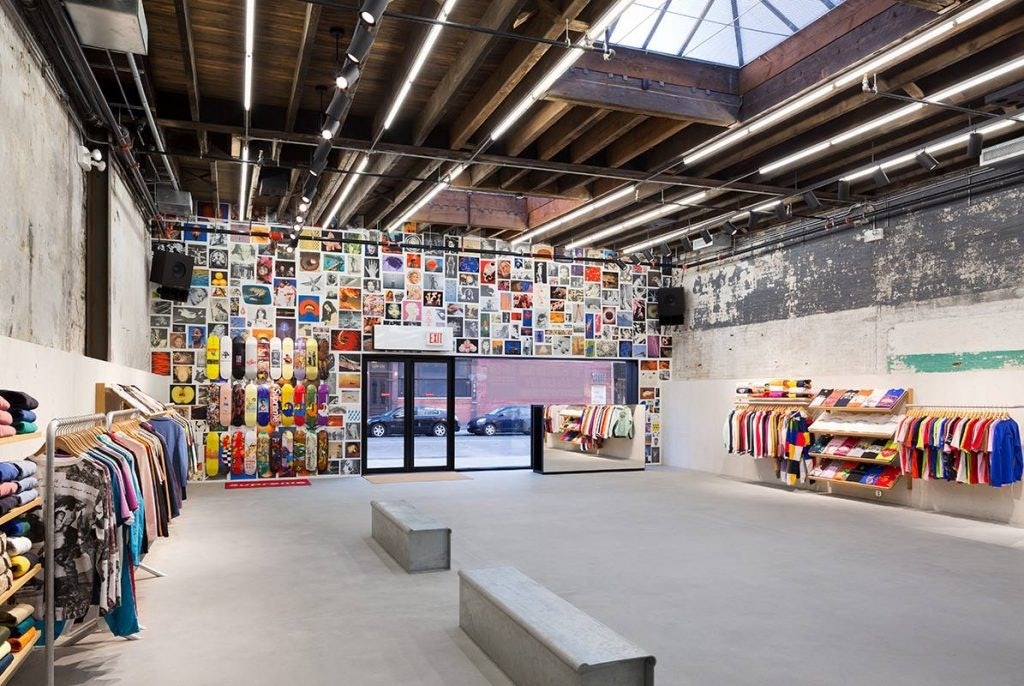
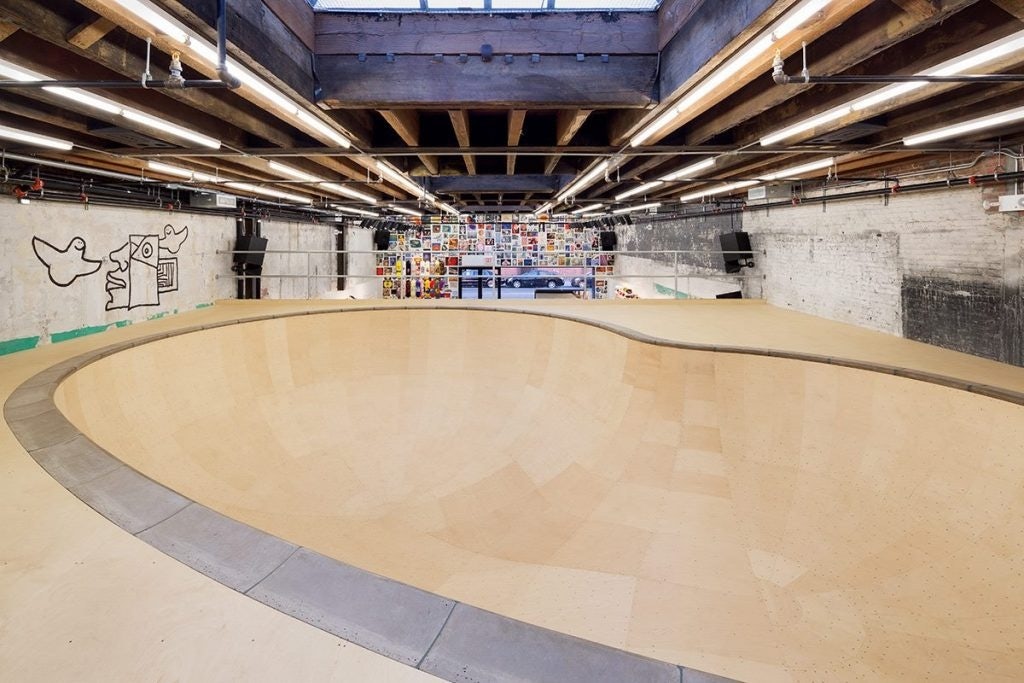
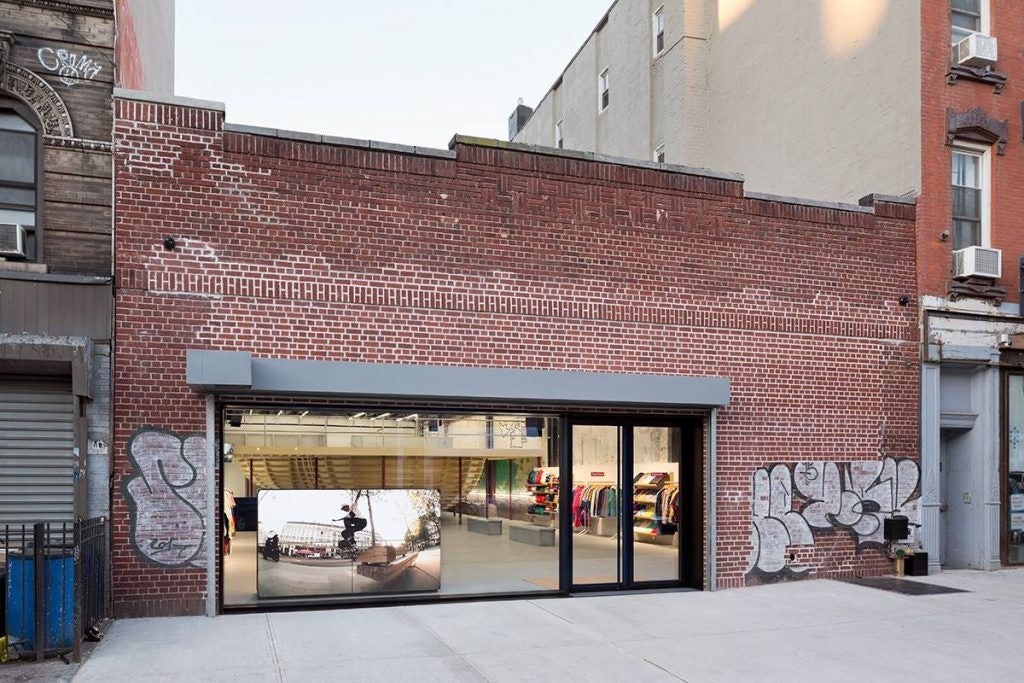
It would not be farfetched to say few, if anyone, in the fashion industry had ever heard of The Carlyle Group until the fall of 2017. The private equity firm was founded in 1987 in Washington, D.C., and initially known for its investments in the defense industry, later on participating in leveraged buyouts of the likes of Hertz for $15 billion.
But if fans were quick to criticize Supreme for “selling out” when it collaborated with LV months before, that criticism could only grow when it was announced The Carlyle Group had purchased a stake in Supreme. The firm reportedly secured 50 percent of Supreme for $500 million, putting the brand’s overall value at $1 billion.
“We’re a growing brand, and to sustain that growth we’ve chosen to work with Carlyle, who has the operational expertise needed to keep us on the steady path we’ve been on since 1994,” Jebbia said when the investment became public. “Working with Carlyle allows us to concentrate on doing what we do best and remain in control of our brand, as we always have.”
“At a certain point you cannot be very cool and very large. Those two things don’t go together. So you make a choice,”Friedman notes.
“And it seems to me they've chosen to get bigger and more accessible maybe. But you're always going to lose a cool factor with a certain group of people if you do that.”
And Supreme was growing; that same month it opened its 11th store in Brooklyn’s Williamsburg neighborhood. But the deal opened up speculation into what was next for Supreme beyond just opening more stores. Carlyle’s history showed it rarely held on to companies for long, meaning the investment was likely priming Supreme for an IPO or acquisition from a conglomerate like LVMH.
2018
#
KIM JONES DEPARTS LOUIS VUITTON#
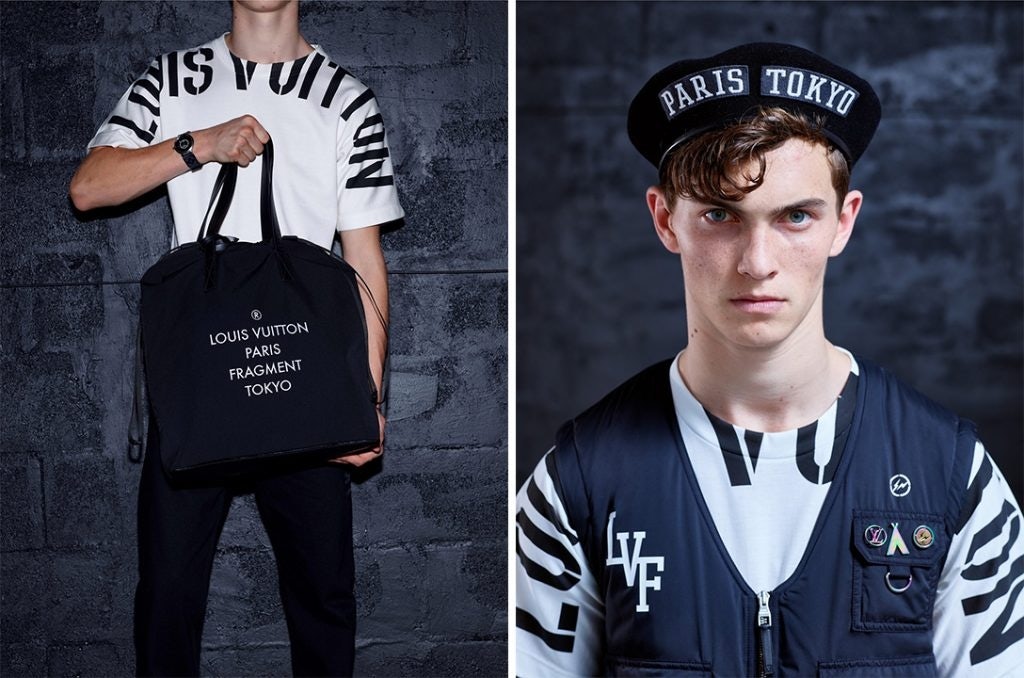
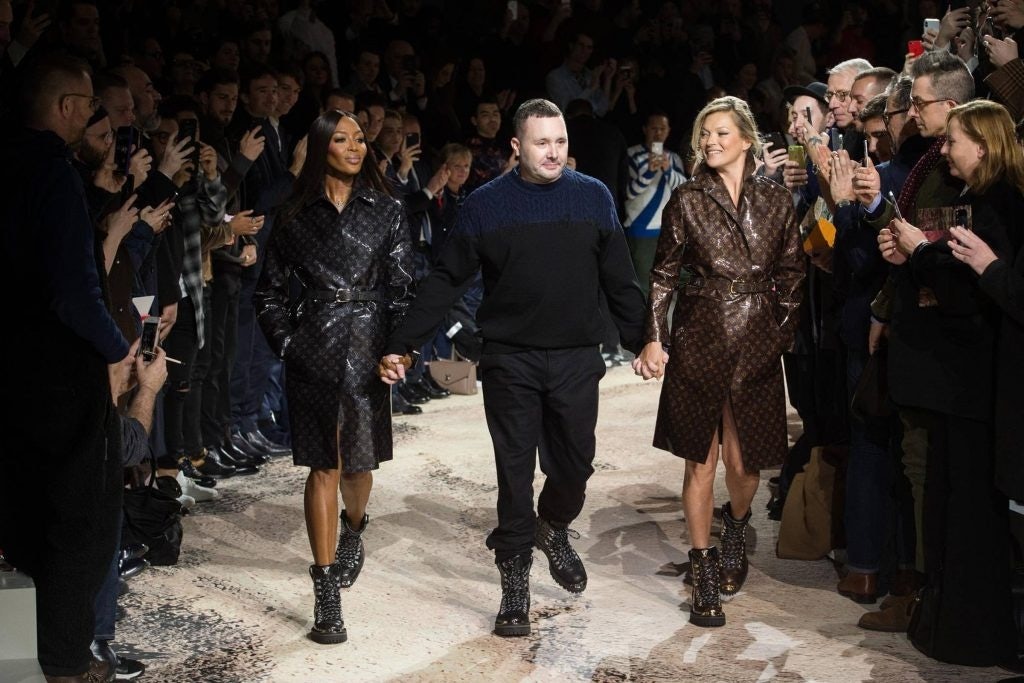
The stratospheric success of the Supreme collaboration for Fall 2017 immediately begged the question: what more could Kim Jones accomplish at Louis Vuitton? In the spring, Jones and Hiroshi Fujiwara released another Fragment x Louis Vuitton collaboration. That summer Jones showed his Spring 2018 collection in Paris, and rather than attempt to one-up the Supreme collab, returned to his travel-inspired fare (though he did ask Drake to pen a song for the show).
Shortly before the house’s Fall 2018 menswear presentation in January 2018, Louis Vuitton announced Jones would exit the brand that season. His final show, a moody, knit and techwear-infused line, ended on a celebratory note with Naomi Campbell and Kate Moss walking Jones down the runway.
Jones’ departure left the fashion world considering if Louis Vuitton was backing away from its streetwear strategy and returning to its luxury roots. But Jones wasn’t really going away. In March, he was named artistic director of menswear at fellow LVMH brand Christian Dior, replacing Kris Van Assche. LVMH was evidently not saying goodbye to streetwear anytime soon. In fact, it was doubling down.
2018
#
VIRGIL ABLOH APPOINTED ARTISTIC DIRECTOR#
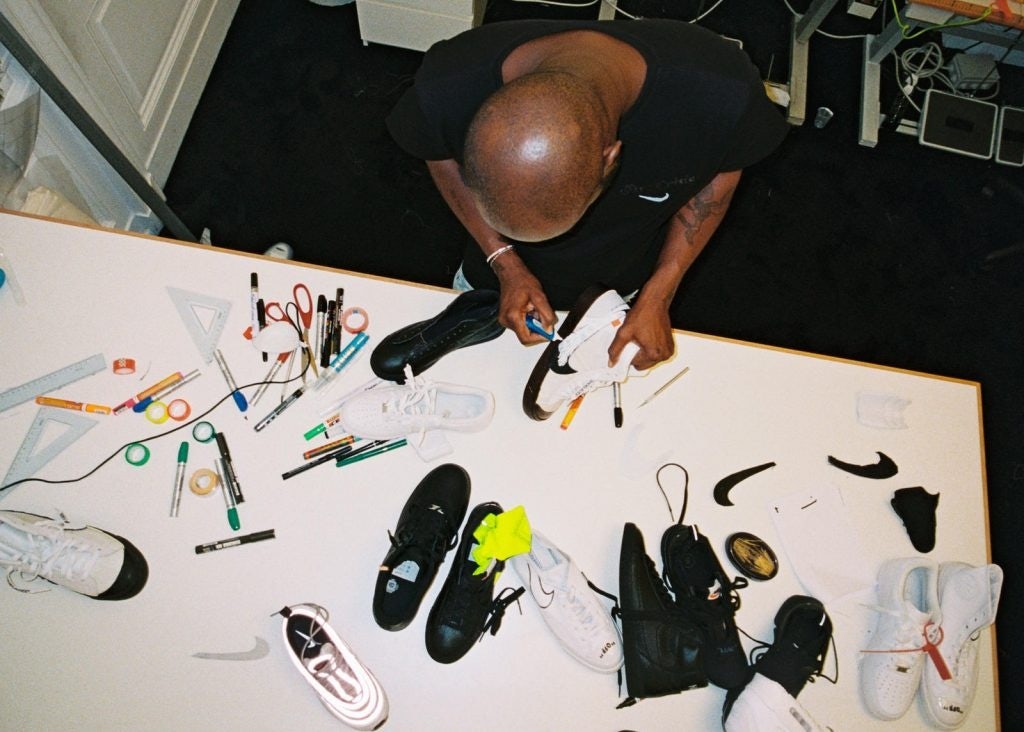
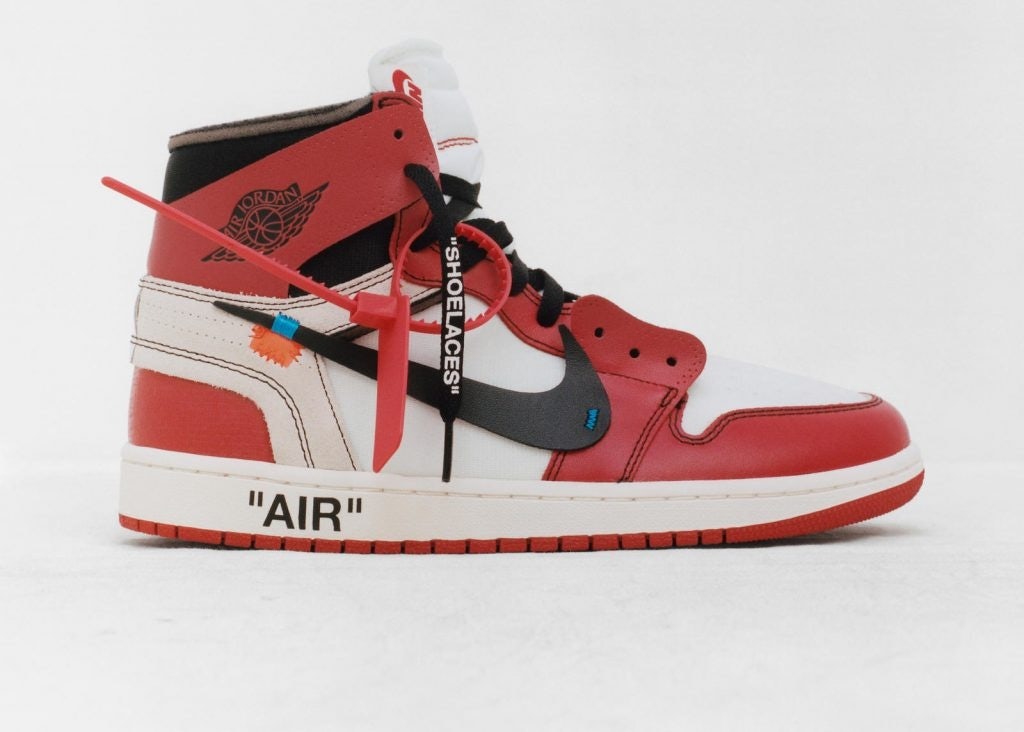
Jones’ departure left a huge spot to fill in the game of fashion directors musical chairs. In March 2018 shortly after Jones’ move to Dior was made public, LVMH announced designer Virgil Abloh would fill his shoes at Louis Vuitton.
The announcement marked a monumental shift in the luxury sector. Abloh came from an unconventional background; he had no formal fashion training, having instead studied architecture. His design signatures are not based on new cuts or styles, but an ample use of quotation marks and a post-modern approach to deconstructing existing items. He worked as a creative collaborator to Kanye West early in his career before launching his own brand, the luxury streetwear label Off-White, in 2012. In 2018, Abloh was coming off a banner year during which he’d launched the seminal “The Ten” collaboration with Nike. He still worked as a DJ occasionally. And he was the first Black designer to take on an artistic director role at Louis Vuitton.
“In hindsight the collaborations with Supreme and Hiroshi Fujiwara by Kim Jones at LV feel like a perfect transition to handing over the reins to Virgil thereafter,” Fischer says.
“Virgil brought a completely new energy to Vuitton and to luxury to be honest. A much more modern approach to product and to storytelling, constantly involving an exciting young and diverse set of creatives around himself. LV also became more inclusive in the process, because Virgil really brings the audience on the ride.”
LVMH once again cited growth in its 2018 annual report, noting a 10 percent increase in revenue to the tune of 46.8 billion euros, citing another outstanding performance from Louis Vuitton. Abloh’s success led LVMH to invest further in his work; in 2021, the conglomerate purchased a 60 percent stake in his Off White brand.
2017 - 2020
#
COLLABORATION MANIA#
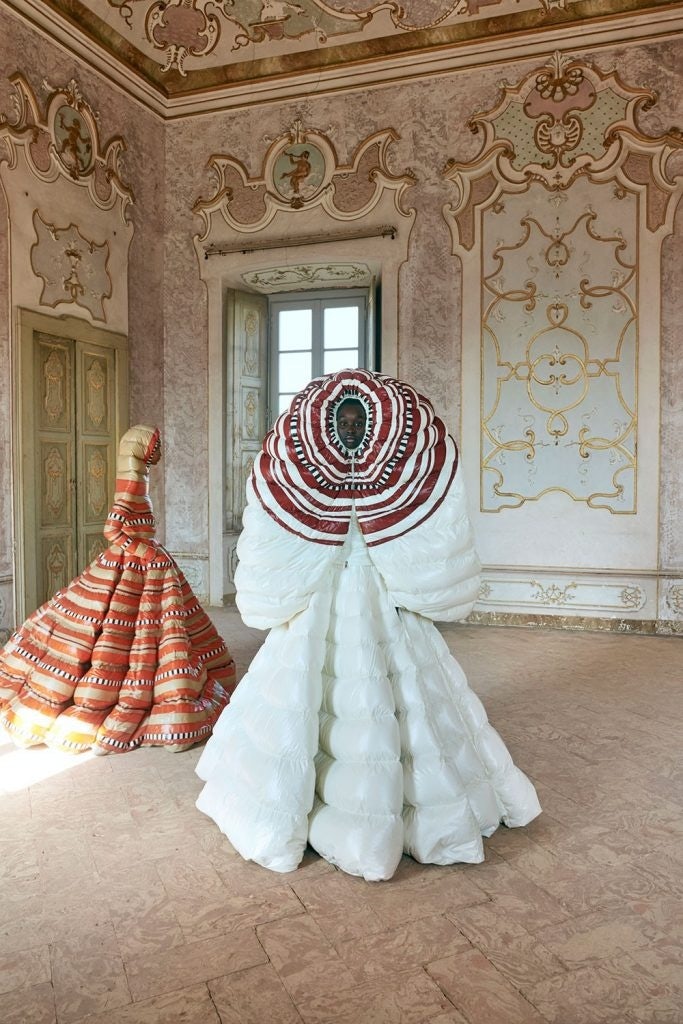
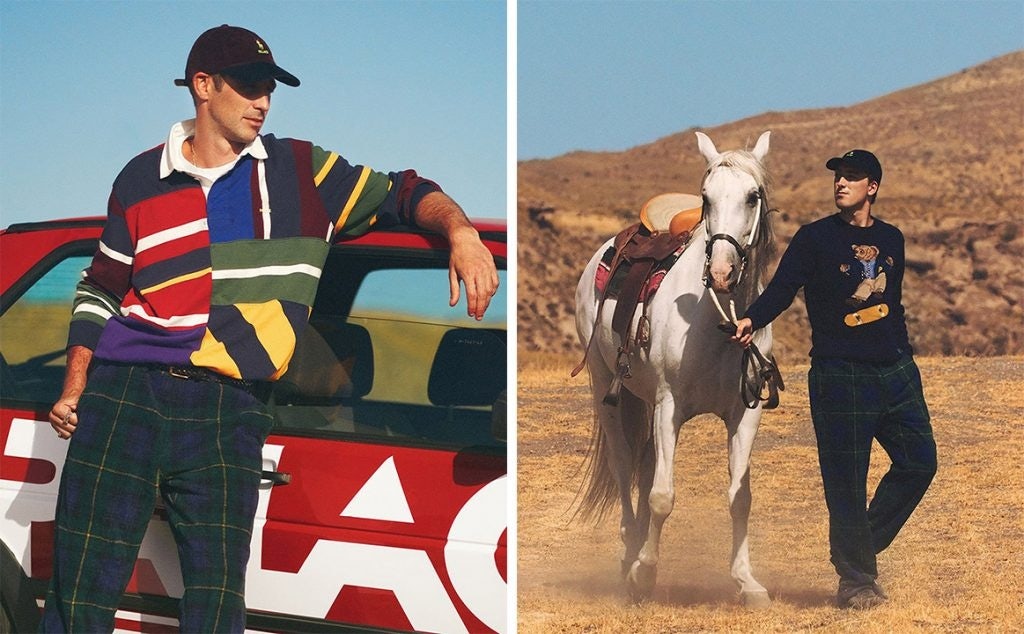

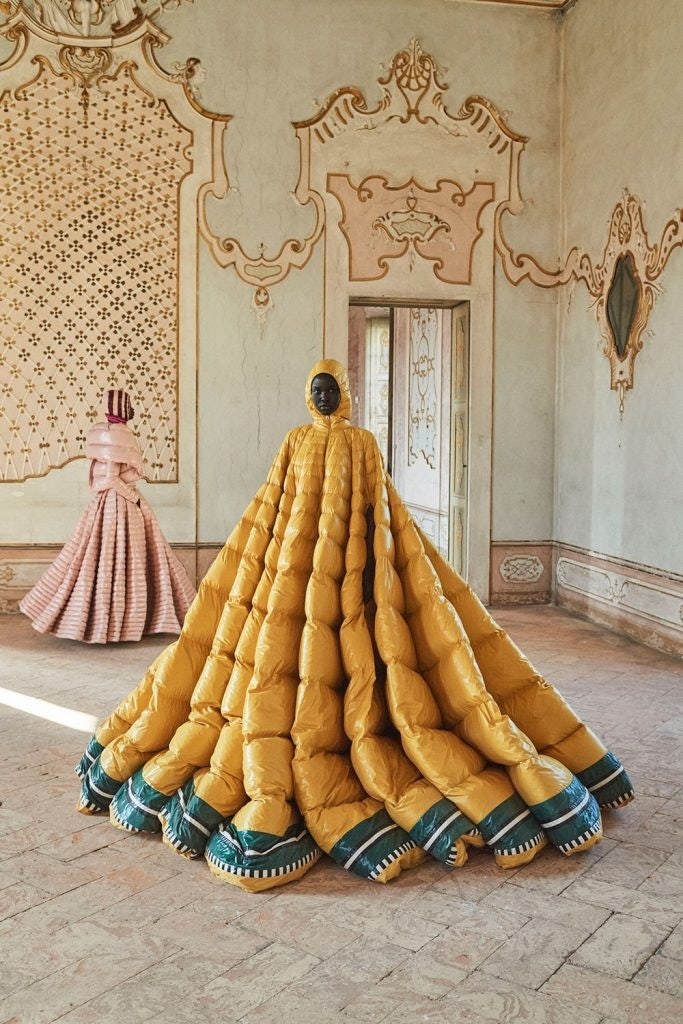
Savvy shoppers had already regularly blended designer and streetwear pieces in their wardrobes for years; the Supreme x Louis Vuitton collection showed brands could profit off that style in one product. And on the heels of the Supreme x LV launch, there were plenty of potential luxury and streetwear mashups available to brands looking for a boost.
In 2018, Polo Ralph Lauren and Palace followed the Supreme playbook with a series of hyped-up global releases for their preppy skate apparel mash up, along with a lookbook shot by David Sims. Affordable brands not strictly in the streetwear community found similar buzz by following the high-low playbook, as with the Ugg boots redesigned by Y/Project and Sacai that same year. And some collabs relied on the power of a famed logo and little else, as was the case with Prada stamping its name on the Adidas Superstar in 2020. Others looked to create more than one-off partnerships. Since 2018, the Moncler Genius program has invited designers ranging from Valentino’s Pierpaolo Piccioli to Palm Angels’ Francesco Ragazzi to rework the Moncler puffer, and the luxury outerwear brand has staged large-scale fashion week launches to match.
Jones himself went back to the collaboration well as soon as he arrived at Dior. While he didn’t bring in a traditional streetwear brand in the mode of Supreme, he commissioned names already familiar to a streetwear audience to contribute to his debut men’s collection: Matthew Williams of 1017 ALYX 9SM created the buckles on hats and belts, Yoon Ahn of AMBUSH the jewelry, and artist KAWS twisted Dior’s bee logo to include his signature double-x eyes. His closest return to the buzz of Supreme x LV came about in 2020 when Dior teamed up with Nike to create the “Air Dior” line, a luxury take on the Air Jordan 1 silhouette and co-branded apparel.
But with more and more collaborations on the market each year, brands run the risk of diminishing returns with each partnership. Luxury brands have recently begun to turn to each other for co-branded collections, as Gucci and Balenciaga (both owned by Kering) and Fendi and Versace did in 2021, suggesting there are few remaining high-low partnerships splashy enough for them to cash in on.
Friedman says, “I think collaborations as an idea have become intensely devalued, and kind of a dime a dozen,”
2020
#
VF CORP ACQUIRES SUPREME#
As many business and fashion speculators expected when The Carlyle Group purchased a stake in Supreme in 2017, the deal was just the first step in a larger business plan. Carlyle would not invest $500 million in a skatewear brand unless it expected a big return. And it certainly got such a return when VF Corp announced its acquisition of Supreme in November 2020 for $2.1 billion.
By then, such an astronomical figure for a once cult streetwear brand made perfect sense. Resale platform GOAT had already received a $1 billion valuation that year, as had StockX in 2019. And VF Corp was a worthy partner for Supreme: the Denver-based company already owned many of Supreme’s frequent collaborators, like The North Face, Vans and Timberland, the latter of which it had acquired in 2011 for $2.3 billion.
But VF Corp also purchased Supreme at a time when the COVID-19 pandemic was still disrupting supply chains and pushing the industry to unfamiliar territory. Despite an initial boost in stock prices following the Supreme acquisition, VF Corp missed certain benchmarks in its most recent quarterly earnings, bringing $3.2 billion in sales compared to an estimated $3.5 billion. VF Corp remains consistent in its outlook for Supreme, nonetheless, predicting the brand will bring in $600 million in 2022, out of overall projected revenues of $12 billion.
2021
#
Virgil Abloh Dies at the Age of 41#
On November 28, 2021, Virgil Abloh's family announced the designer had died following a two-year battle with cardiac angiosarcoma, a rare and aggressive form of cancer. The news came as an immediate shock; Abloh kept his diagnosis private, and a glance at his output from 2019 onwards would make it seem he'd never slowed down at all. Abloh continued with his usual commitments to both Louis Vuitton and Off-White and released collaborations with the likes of Mercedes-Benz and Nigo. His 2019 retrospective exhibition at the MCA Chicago seemed premature at the time for a designer who was not yet 40 and had less than a decade under his belt at his two primary brands. But Abloh as always was prescient, recognizing that his work in fashion and beyond was not merely prolific, but transformative.
Just two days after Abloh's passing, Louis Vuitton staged a special presentation of Abloh's final menswear collection for the house at Art Basel Miami. Though scheduled prior to his death, the event became a tribute to Abloh's legacy. With a focus on the childlike freedom that the late designer often turned to for inspiration, the show pinpointed what Abloh's work has always demonstrated, and what the fashion brands around him have grappled with to varying degrees of success: Even the highest of luxury fashion is shaped by the masses, not the other way around. While Abloh was not at Louis Vuitton when the Supreme collection launched, his work and wider legacy is inseparable from the energy of this time.
“Everything I do is for the 17-year-old version of myself,”
Abloh's family quoted him as saying in the Instagram post announcing his passing. The inheritors of his legacy are only just beginning.
2021
#
LV SUPREME CURRENT VALUE#
Almost as soon as Supreme x Louis Vuitton items hit the market, they also showed up immediately on resale sites, for a markup, naturally. As is usual for hyped releases, many Supreme fans lined up at pop-ups with the express goal of purchasing items to turn around on resale. Those who succeeded may well have made a quick profit off of certain items; the red co branded hoodie showed up on Grailed shortly after the pop-ups launched for $6,000, box logo T-shirts for $2,500, with resale prices sometimes quadrupling the retail prices.
It didn’t take long for the collab to appreciate even further in value. In May 2018, French auction house Artcurial put many notable Supreme items up for bid as part of its “C.R.E.A.M.” exhibition. While the auction focused on early Supreme collectibles, like a KAWS-designed skate deck and issues of Supreme’s now defunct magazine, the items to earn the highest bids were from the Louis Vuitton collaboration: the red Keepall tote commanded 13,125 euros; the skateboard trunk 62,400 euros; and the Malle Courrier 90 Trunk an even 85,000 euros.
The true value of any Supreme item, or really any limited-edition fashion item, is constantly in flux. The LV x Supreme collection may well climb in value in years to come, or it may ebb and flow depending on demand for the items. A box logo LV tee recently sold for $1,696 on StockX, while a monogrammed trunk is listed on eBay for over $100,000. By contrast, other limited-edition Supreme box logo tees typically go for a few hundred dollars on resale, while even Louis Vuitton steamers from the early 20th century command around $20,000 on sites like eBay. Some partnerships offer little more than the sum of their parts, but in the case of Supreme x Louis Vuitton, the two are exponentially stronger together.

